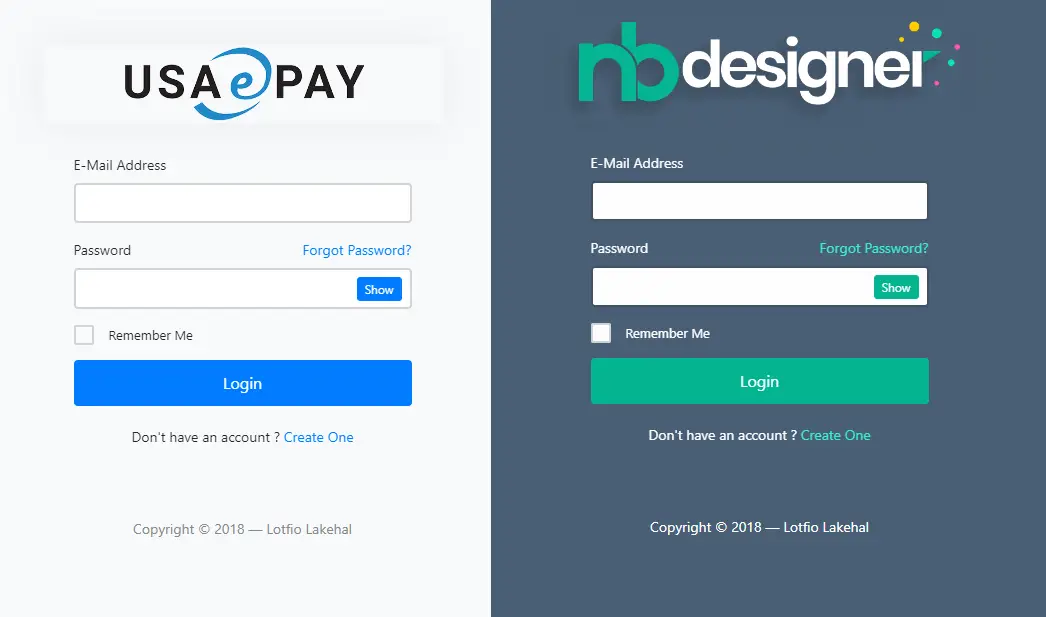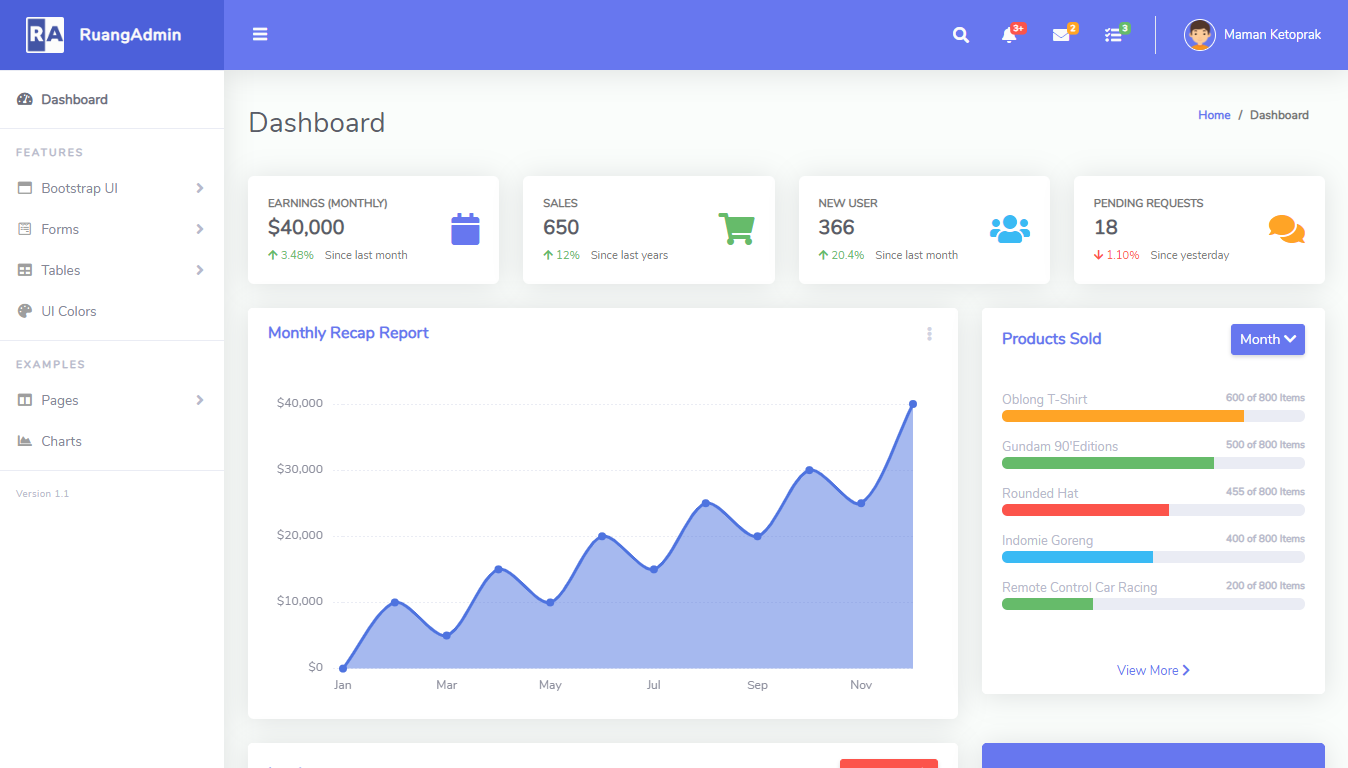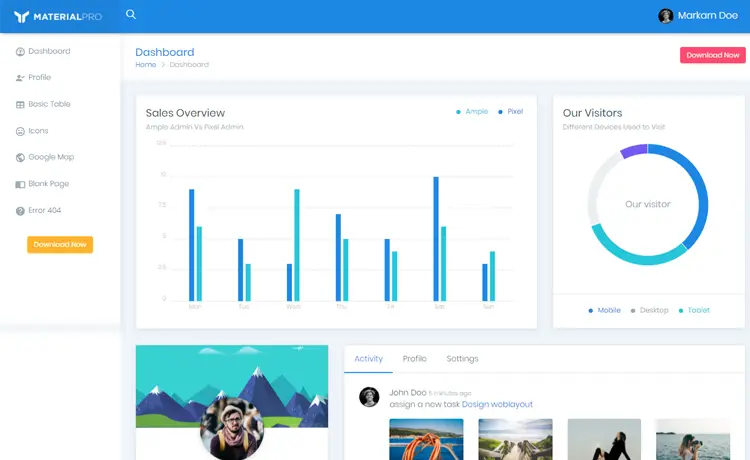Querying with LINQ
By Tan Lee Published on Feb 22, 2025 177
Both LINQ to SQL and Entity Framework are popular Object-Relational Mapping (ORM) frameworks in .NET that allow developers to interact with databases through LINQ.
Steps for querying data:
1. Define the Data Model: In LINQ to SQL and Entity Framework, the first step is to define your data model using C# classes. These classes will correspond to tables in your database, and their properties represent the columns of the table.
2. Create DataContext or DbContext:
- In LINQ to SQL, you create a
DataContextclass to manage the connection between your application and the database. - In Entity Framework, you create a
DbContext, which functions similarly.
3. Query Data: With the data model in place, you can use LINQ queries to interact with the data. LINQ provides various operators such as Where, OrderBy, Select, etc., to query data in a syntax similar to SQL.
For example, LINQ to SQL:
var query = from product in db.Products
where product.Category == "Electronics"
select product;For example, with Entity Framework:
var query = dbContext.Products.Where(p => p.Category == "Electronics");
4. Execute Queries: Once the LINQ query is ready, it can be executed. You can either execute the query immediately to get the results, or defer the execution until later depending on the situation.
5. Handle Results: Once the query runs, you can iterate over the results or bind them to UI elements. The results will be returned as collections that can be processed like any regular collection in C#.
6. CRUD Operations: LINQ to SQL and Entity Framework support CRUD operations (Create, Read, Update, Delete). You can use LINQ queries for tasks such as inserting, updating, or deleting records in the database.
Overall, LINQ simplifies data access and makes it easier to work with databases without writing raw SQL queries.
LINQ Query Syntax and Usage in C#
1. LINQ Query Syntax: LINQ queries resemble SQL queries. The basic structure contains three main components: from, where, and select.
var query = from item in collection
where condition
select item;- from: Defines the data source and the variable (item) that represents each element in the collection.
- where: Filters elements based on a specified condition.
- select: Projects each element from the filtered data into a new form.
2. LINQ Method Syntax: You can also write LINQ queries using method syntax, which may be more compact and flexible.
var query = collection
.Where(item => condition)
.Select(item => item);- Where: Filters the elements.
- Select: Projects each element into a new form.
3. Common LINQ Operations: LINQ supports several operations like filtering (Where), projection (Select), ordering (OrderBy, OrderByDescending), grouping (GroupBy), joining (Join), and aggregation (Count, Sum, Average, etc.).
4. Querying Different Data Sources: LINQ can be used to query a wide range of data sources, including:
- In-memory collections (arrays, lists)
- Databases (via LINQ to SQL or Entity Framework)
- XML, JSON, and more.
Here are a few commonly used LINQ operators with examples:
Where
Filters data based on a specified condition.
int[] numbers = { 10, 20, 30, 40, 50 };
var largeNumbers = numbers.Where(x => x > 25);
// Output: 30, 40, 50Select
Projects elements of a collection into a new form.
string[] names = { "alice", "bob", "charlie" };
var upperCaseNames = names.Select(name => name.ToUpper());
// Output: "ALICE", "BOB", "CHARLIE"OrderBy / OrderByDescending
Sorts a sequence in ascending or descending order.
List<Product> products = GetProducts(); // Assume this returns a list of Product objects var orderedProducts = products.OrderBy(product => product.Price); // or var orderedProductsDescending = products.OrderByDescending(product => product.Name);
GroupBy
Groups elements of a sequence by a specified key.
var groupedProducts = products.GroupBy(product => product.Category);
foreach (var group in groupedProducts)
{
Console.WriteLine($"Category: {group.Key}");
foreach (var product in group)
{
Console.WriteLine($" - {product.Name}");
}
}Join
Joins two sequences based on a common key.
var query = from order in orders
join customer in customers on order.CustomerId equals customer.Id
select new { customer.Name, order.OrderId };These examples cover some of the most frequently used LINQ operators, but there are many more operators that support various querying and data manipulation tasks.
LINQ offers a powerful, expressive, and unified way to query and manipulate data in C# applications. It simplifies working with various data sources, from in-memory collections to databases, making the code more readable and maintainable. By using LINQ, developers can leverage SQL-like syntax directly within C# code to interact with data in a clean and efficient manner.





